

Articles
How Long To Cook Shrimp On Stove Top
Modified: December 7, 2023
Learn how long it takes to cook shrimp on the stove top with our informative articles. Discover the perfect cooking time and temperature for delicious results.
(Many of the links in this article redirect to a specific reviewed product. Your purchase of these products through affiliate links helps to generate commission for Storables.com, at no extra cost. Learn more)
Introduction
Shrimp is a delicious and versatile seafood that can be cooked in a variety of ways. Whether you’re planning a fancy dinner or a quick weeknight meal, knowing how long to cook shrimp on the stove top is essential to achieve optimal flavor and texture.
Cooking shrimp on the stove top is a popular method as it allows for precise control over the cooking process. The stove top offers a range of heat settings and cooking techniques that can be adjusted to suit different recipes and personal preferences.
When it comes to cooking shrimp on the stove top, there are several factors to consider. The size of the shrimp, the cooking technique, and the desired level of doneness all play a role in determining the cooking time.
In this article, we will explore the various factors to consider when cooking shrimp on the stove top, including preparation techniques, common cooking methods, and a handy cooking time chart. We will also share some tips and tricks to ensure your shrimp turns out perfect every time.
So, whether you’re a seasoned cook looking to shake up your shrimp game or a beginner eager to learn the basics, let’s dive in and discover the secrets to perfectly cooked shrimp on the stove top.
Key Takeaways:
- Master the art of cooking shrimp on the stove top by considering factors like shrimp size, cooking techniques, and desired doneness. Follow preparation steps, cooking techniques, and tips for perfect results every time.
- Elevate your shrimp-cooking game with proper preparation, cooking techniques, and helpful tips. Adjust cooking times, check for doneness, and experiment with flavors to create mouthwatering stove top shrimp dishes.
Read more: How Long To Perk Coffee On The Stove Top
Factors to Consider
When it comes to cooking shrimp on the stove top, there are a few key factors to consider that can affect the cooking time and overall outcome. Understanding these factors will help you achieve perfectly cooked shrimp every time.
Shrimp Size: The size of the shrimp is an important consideration when determining the cooking time. Shrimp are typically sold by count per pound, such as jumbo (10-15 count), large (16-20 count), medium (21-30 count), and small (31-40 count). Larger shrimp will require slightly more cooking time than smaller ones.
Shell-on or Deveined: The presence of the shell and whether the shrimp has been deveined can also affect the cooking time. Shrimp with the shell on will take longer to cook than peeled and deveined shrimp. Additionally, shells can add flavor to the dish, so you may choose to leave them on for certain recipes.
Fresh or Frozen: The freshness and state of the shrimp can impact the cooking time as well. Fresh shrimp will cook faster than frozen shrimp, so it’s important to take this into account when determining the cooking time. If using frozen shrimp, make sure to thaw them properly before cooking.
Cooking Technique: The cooking technique you choose can greatly impact the cooking time and the final result of the shrimp. Common cooking techniques include boiling, sautéing, grilling, and stir-frying. Each method requires different cooking times and may impart unique flavors and textures to the shrimp.
Desired Doneness: The level of doneness you prefer for your shrimp will also influence the cooking time. Some people prefer their shrimp slightly undercooked and tender, while others prefer them fully cooked and firm. It’s important to keep your desired level of doneness in mind when determining the cooking time.
By considering these factors, you can tailor your cooking approach to ensure perfectly cooked shrimp that is flavorful, tender, and delicious.
Preparing the Shrimp
Properly preparing the shrimp before cooking is essential to achieving the best flavor and texture. Here are some steps to follow when preparing shrimp for stove top cooking:
- Peeling and deveining: If your shrimp has shells on, start by peeling off the outer shell. You can leave the tail intact for presentation purposes or remove it if preferred. Next, use a small knife or shrimp deveiner to remove the black vein running along the back of the shrimp. This step is optional but recommended for aesthetic and cleanliness reasons.
- Rinsing: Give the shrimp a quick rinse under cold water to remove any residual debris or sand. Pat them dry with a paper towel before proceeding.
- Additional seasoning: Depending on your recipe, you may choose to marinate the shrimp before cooking. This can enhance the flavor and add some extra dimension to the dish. Common marinade ingredients include lemon juice, garlic, herbs, and spices.
- Preheating the pan: Before you start cooking the shrimp, preheat your pan over medium heat. This will ensure even cooking and prevent the shrimp from sticking to the pan.
- Optional butter or oil: Depending on your cooking method, you may choose to add a bit of butter or oil to the preheated pan. This can help prevent the shrimp from drying out and add some richness to the flavor. Use a small amount and distribute it evenly in the pan.
- Salt and pepper: Sprinkle the shrimp with salt and pepper, or any other desired seasoning, to enhance the flavor. Be mindful not to oversalt, as seafood tends to have a naturally delicate taste.
By following these steps, you’ll be well on your way to preparing perfectly seasoned and ready-to-cook shrimp for your stove top culinary adventures.
Cooking Techniques
There are several cooking techniques you can use to cook shrimp on the stove top. Here are a few popular methods:
- Sautéing: Sautéing shrimp involves cooking them quickly in a hot pan with a small amount of oil or butter. This technique is great for smaller shrimp or when you want a quick and flavorful dish. Simply heat the oil or butter in a skillet over medium-high heat, add the shrimp, and cook for a few minutes on each side until they turn pink and opaque.
- Boiling: Boiling shrimp is a common method used when making shrimp cocktail or seafood boils. Start by bringing a pot of lightly salted water to a boil. Add the shrimp and cook for about 2-4 minutes until they are pink and curled. Drain the shrimp and transfer them to an ice bath to halt the cooking process.
- Grilling: Grilling shrimp adds a smoky flavor and beautiful char marks. Preheat your grill to medium-high heat and lightly oil the grates. Skewer the shrimp on metal or soaked wooden skewers, then grill for 2-3 minutes per side until they are pink and slightly charred.
- Stir-frying: Stir-frying is a quick and high-heat cooking method that works well with slightly larger shrimp and stir-fry recipes. Heat a wok or large skillet over high heat, add oil, and stir-fry the shrimp along with your desired vegetables and seasonings for a few minutes until they are pink and cooked through.
- Poaching: Poaching shrimp involves gently simmering them in a flavorful liquid, such as broth or wine. This cooking method is great when you want to infuse the shrimp with additional flavors. Heat the poaching liquid of your choice in a saucepan, add the shrimp, and cook for 3-4 minutes until they turn pink and opaque.
Each cooking technique offers its own unique advantages and can be adapted to various recipes and flavor profiles. Experiment with different methods to find your favorite way of cooking shrimp on the stove top.
To cook shrimp on the stove top, heat a pan over medium-high heat, add oil, and cook the shrimp for 2-3 minutes per side until they turn pink and opaque. Avoid overcooking to prevent them from becoming tough.
Cooking Time Chart
When it comes to cooking shrimp on the stove top, having a general guideline for cooking times can be helpful. However, it’s important to note that cooking times may vary depending on the size and thickness of the shrimp, as well as the cooking technique used.
Here’s a basic cooking time chart to serve as a reference for cooking shrimp on the stove top:
| Shrimp Size | Cooking Time |
|---|---|
| Small/Medium Shrimp (31-40 count) | 2-3 minutes |
| Medium/Large Shrimp (21-30 count) | 3-4 minutes |
| Large Shrimp (16-20 count) | 4-5 minutes |
| Jumbo Shrimp (10-15 count) | 5-6 minutes |
These cooking times are based on sautéing or grilling the shrimp over medium-high heat. Remember to adjust the cooking time based on your preferred level of doneness and the specific recipe you’re following.
It’s essential to check the shrimp regularly during cooking to prevent overcooking, as the texture can become rubbery if left on the heat for too long. Shrimp are cooked when they turn pink and opaque, with their tails curled inward.
Keep in mind that the cooking time may be slightly longer if you’re using frozen shrimp or if you’re cooking them with their shells on. Additionally, if you’re using a different cooking technique, such as boiling or stir-frying, the cooking times may vary.
Use this chart as a starting point and adjust the cooking time based on your personal preferences and the specific requirements of your recipe. With a little practice, you’ll become a master at cooking shrimp to perfection on the stove top.
Read more: How Long To Cook Cod On Stove Top
Checking for Doneness
Knowing how to properly check if your shrimp is cooked to perfection is crucial to avoid undercooking or overcooking them. Here are a few indicators to help you determine if your shrimp is done cooking:
- Color: Shrimp turn from grayish or translucent to a vibrant pink or opaque color when cooked. This is a visual cue that they are nearing doneness.
- Texture and Firmness: Cooked shrimp should have a firm and slightly springy texture. They should not feel mushy or soft. When pressed with a fork, the flesh should bounce back and hold its shape.
- Tail Curl: One classic sign that shrimp are cooked is that their tails curl inward. This is a natural reaction that occurs as the proteins contract during cooking.
- Internal Temperature: If you prefer to use a more precise method, you can use a kitchen thermometer to check the internal temperature of the shrimp. The USDA recommends cooking shrimp until they reach an internal temperature of 145°F (63°C).
It’s important not to overcook shrimp, as they can become tough and chewy. Remember that shrimp continue to cook for a short while even after you remove them from the heat source, so it’s wise to slightly undercook them if you’re unsure and let them rest for a few minutes to finish cooking through residual heat.
Keep in mind that different cooking methods and shrimp sizes may require slight adjustments in cooking times. It’s always a good idea to test a shrimp before removing the entire batch from the heat to ensure they are cooked to your liking.
By paying attention to these visual and textural cues and using your judgment, you can confidently determine if your shrimp are perfectly cooked and ready to be enjoyed.
Tips and Tricks
Cooking shrimp on the stove top can be a rewarding experience, and here are some tips and tricks to help you achieve the best results:
- Choose Fresh Shrimp: Whenever possible, opt for fresh shrimp. They have a sweeter flavor and better texture compared to frozen shrimp.
- Thaw Frozen Shrimp Properly: If using frozen shrimp, make sure to thaw them properly before cooking. The best way to defrost shrimp is to transfer them to the refrigerator overnight. Alternatively, you can place them in a sealed bag and submerge them in cold water for about 30 minutes.
- Avoid Overcrowding the Pan: To ensure even cooking, avoid overcrowding the pan. Cook shrimp in batches if needed, leaving enough space between each piece to allow for proper heat circulation.
- Don’t Overcook: Shrimp cook quickly and can become rubbery if overcooked. Keep a close eye on them and test for doneness using the color, texture, tail curl, or a kitchen thermometer.
- Experiment with Seasonings: Shrimp is versatile and can be paired with a variety of flavors. Don’t be afraid to experiment with different seasonings, herbs, spices, and marinades to enhance the taste and create exciting flavor combinations.
- Marinate for Flavor: For maximum flavor, consider marinating shrimp before cooking. Marinating can infuse the shrimp with delicious flavors and tenderize the meat. However, be mindful of the marinating time as acidic marinades can start to “cook” the shrimp if left for too long.
- Balance the Heat: Adjust the heat level on your stove top based on the cooking technique and the size of the shrimp. Start with medium-high heat for sautéing, grilling, and stir-frying, and adjust as needed to avoid burning or undercooking the shrimp.
- Add a Squeeze of Citrus: A squeeze of lemon, lime, or orange juice can brighten the flavors of the shrimp and balance out the richness. Consider adding a splash of citrus at the end of the cooking process or as a finishing touch.
- Garnish for Presentation: Sprinkle some fresh herbs, such as parsley or cilantro, on top of your cooked shrimp for added visual appeal. It can make a simple dish look more tantalizing and appetizing.
- Serve Immediately: Shrimp is best enjoyed immediately after cooking while it’s still hot and fresh. Serve it as a standalone dish, use it as a topping for salads or pastas, or incorporate it into stir-fries or seafood tacos.
With these tips and tricks, you’ll be well-equipped to create delicious and perfectly cooked shrimp dishes on the stove top. Don’t be afraid to get creative and tailor the recipes to your tastes and preferences. Happy cooking!
Conclusion
Cooking shrimp on the stove top allows for endless possibilities and flavors. By considering factors such as shrimp size, cooking techniques, and desired doneness, you can ensure a delicious meal every time. Preparing the shrimp properly, using the right cooking techniques, checking for doneness, and incorporating some helpful tips and tricks will elevate your shrimp-cooking game to new heights.
Remember to adjust cooking times based on the specific recipe and your personal preferences. It’s essential to keep a close eye on the shrimp to prevent overcooking, as they can become tough and lose their delicate flavor.
By following these guidelines, you’ll be able to create mouthwatering shrimp dishes that are perfectly cooked, flavorful, and satisfying. From sautéing and grilling to boiling and stir-frying, there are numerous methods to explore and master.
So, whether you’re planning a fancy seafood dinner or a quick weeknight meal, confidently cook shrimp on the stove top with the knowledge and expertise gained from this article. Enjoy the versatility, tenderness, and deliciousness of perfectly cooked shrimp in every bite.
Remember, practice makes perfect, so don’t hesitate to experiment, try new flavors, and adapt recipes to your liking. With a little bit of creativity and these valuable insights, you’re well on your way to becoming a shrimp-cooking pro in your own kitchen.
Now armed with all the necessary information, it’s time to fire up the stove, grab your favorite seasonings, and get ready to impress your family and friends with your delectable stove top shrimp creations. Happy cooking!
Frequently Asked Questions about How Long To Cook Shrimp On Stove Top
Was this page helpful?
At Storables.com, we guarantee accurate and reliable information. Our content, validated by Expert Board Contributors, is crafted following stringent Editorial Policies. We're committed to providing you with well-researched, expert-backed insights for all your informational needs.
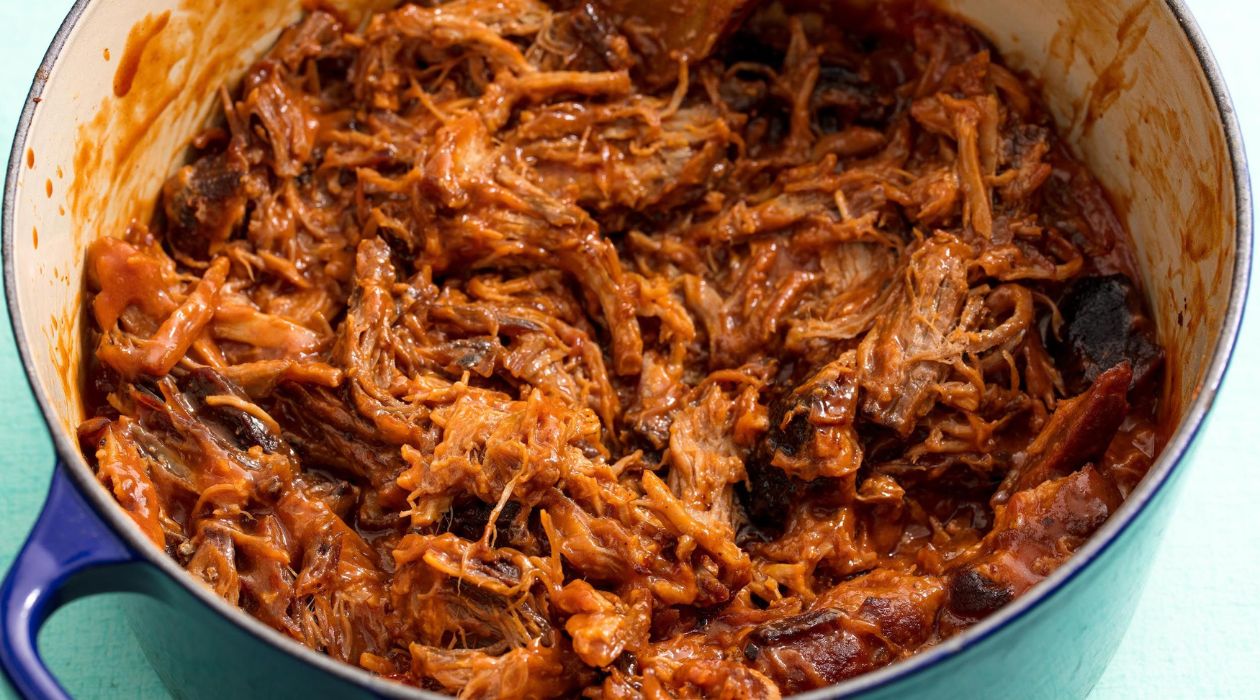
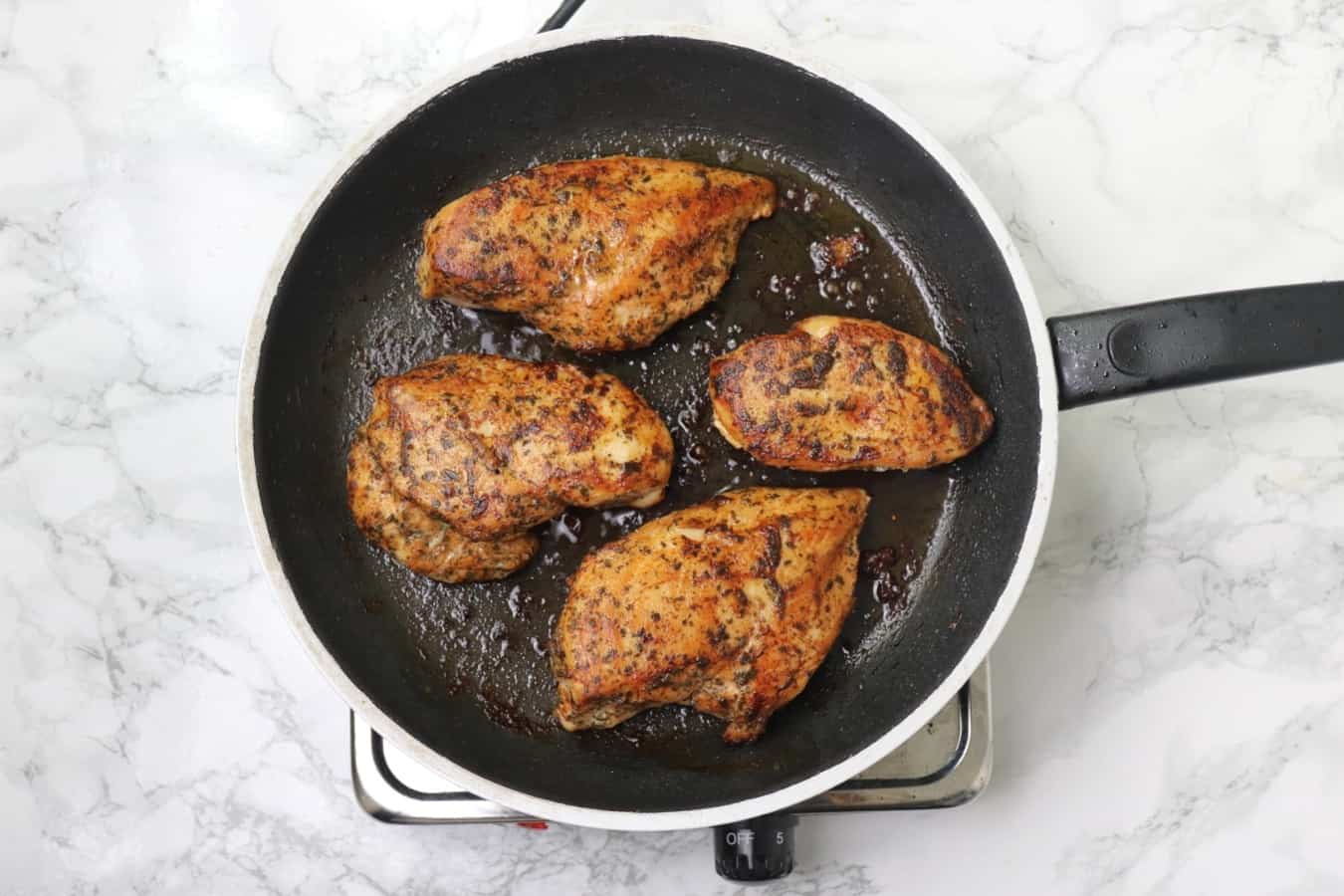
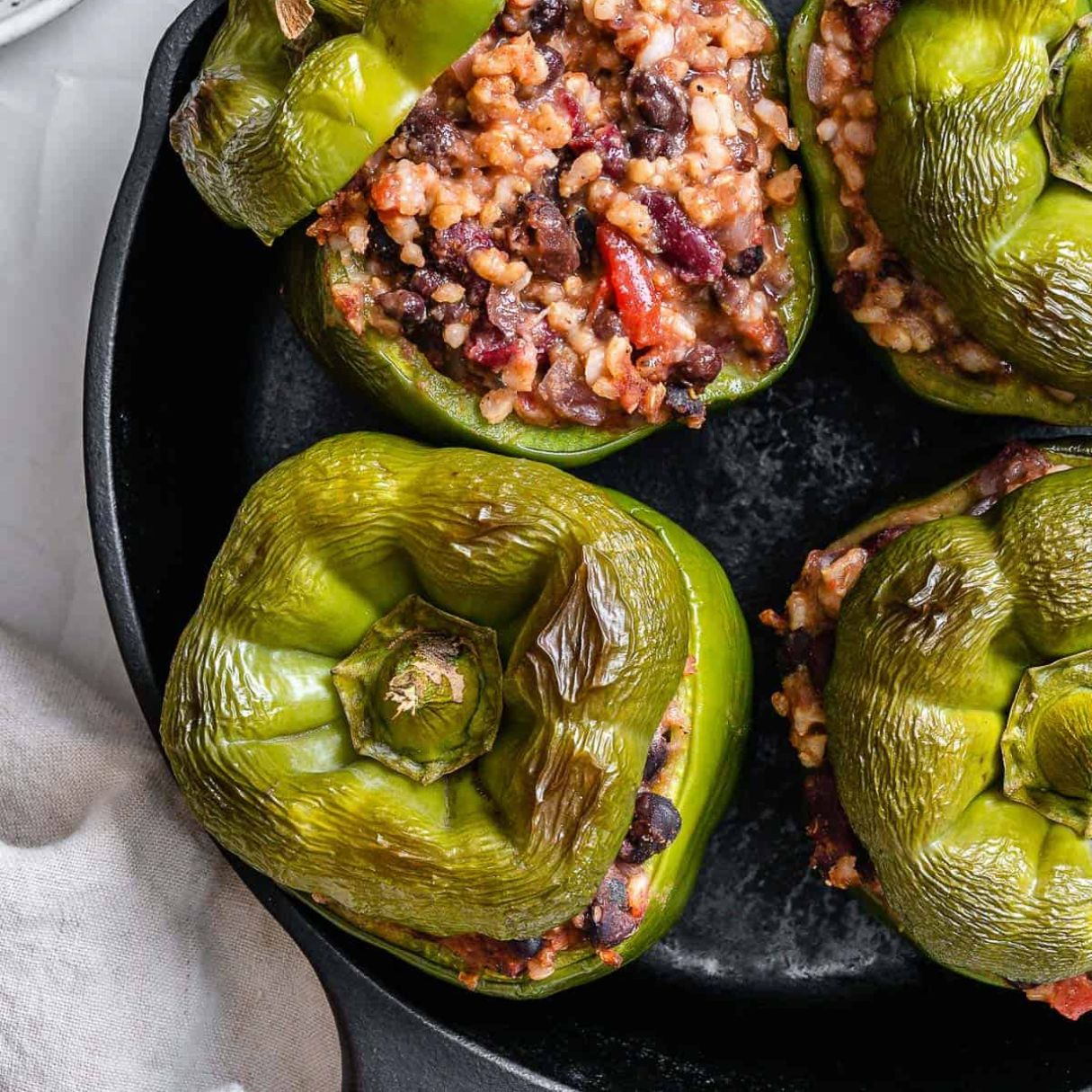
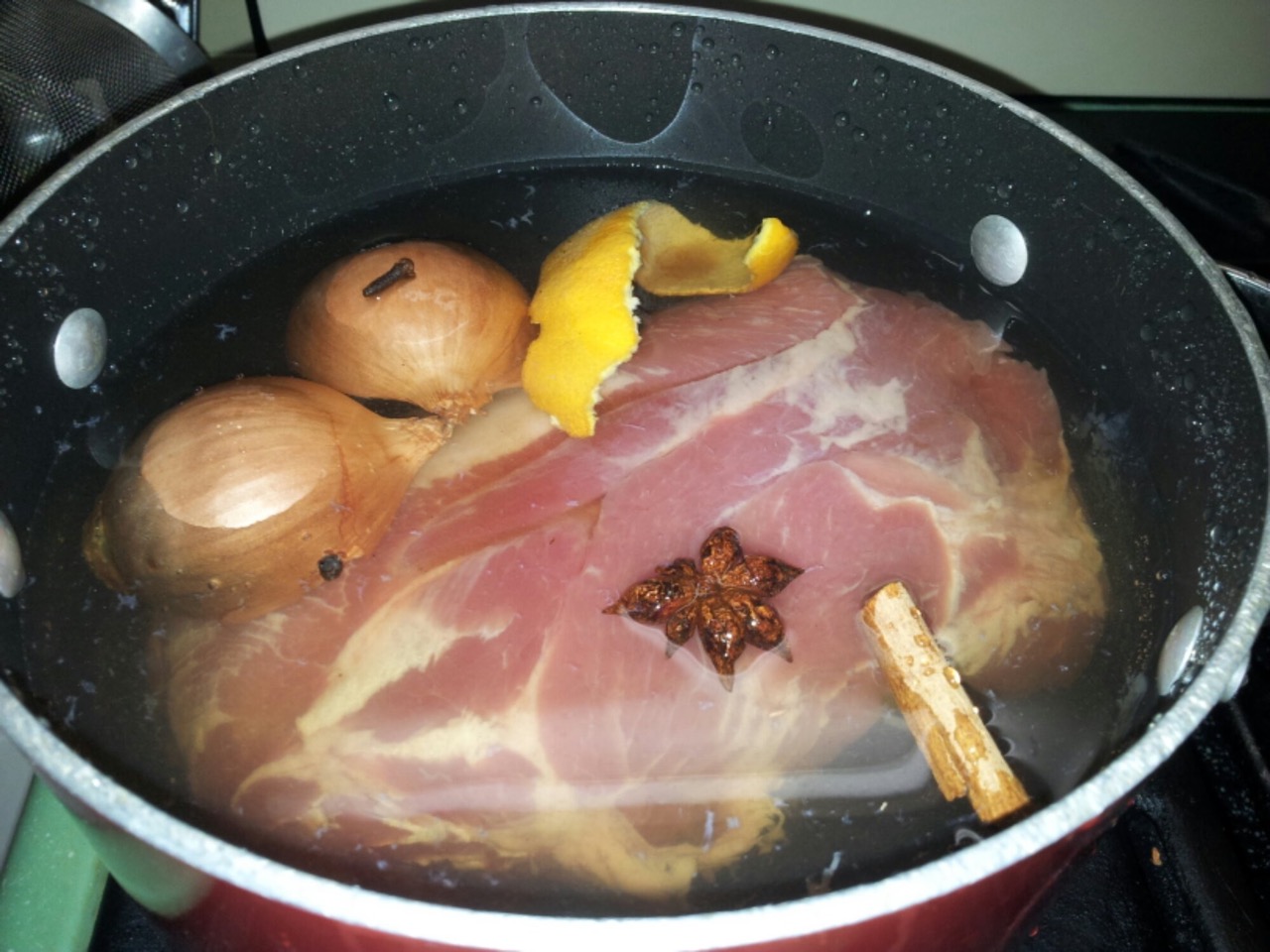
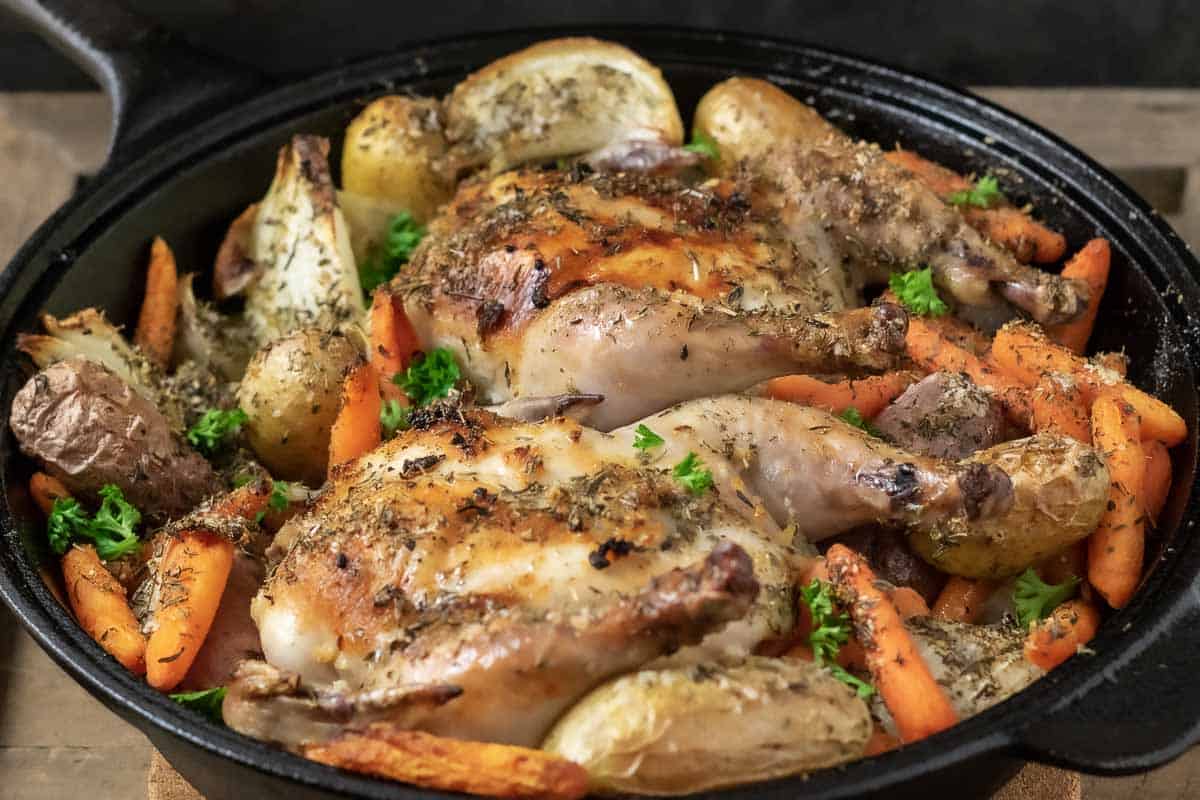
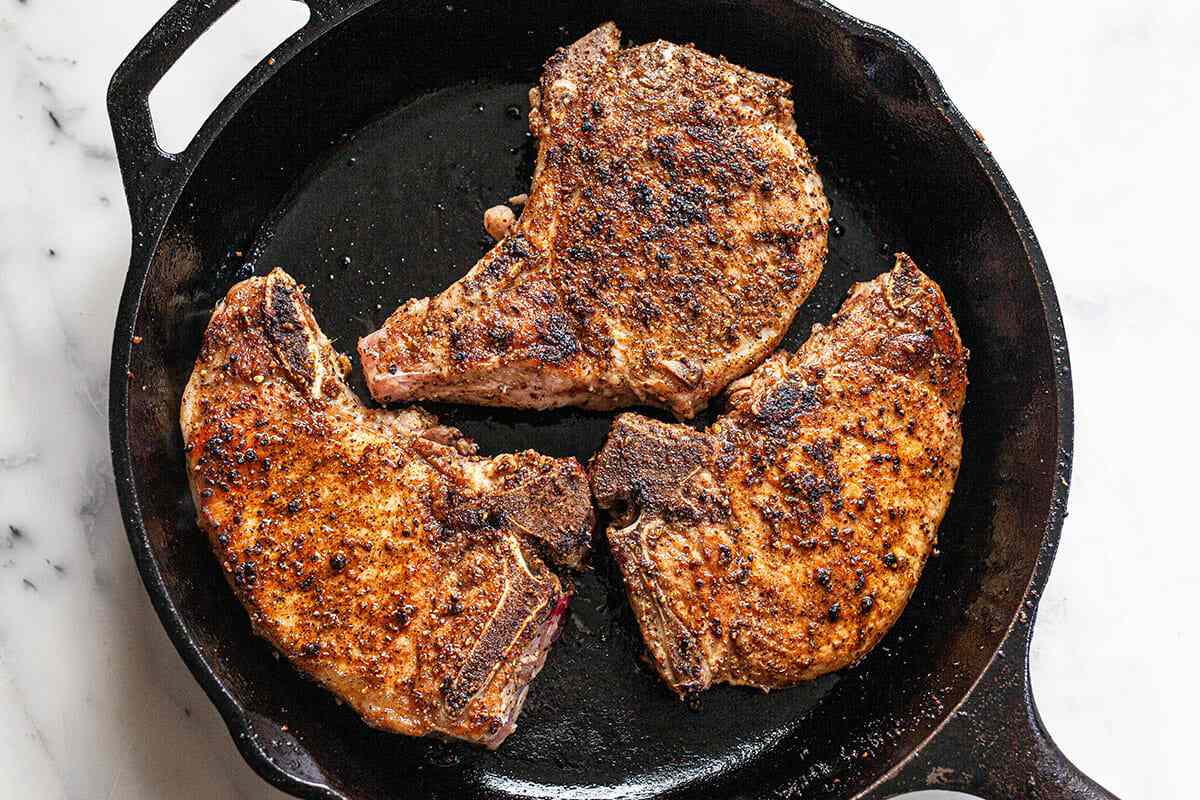
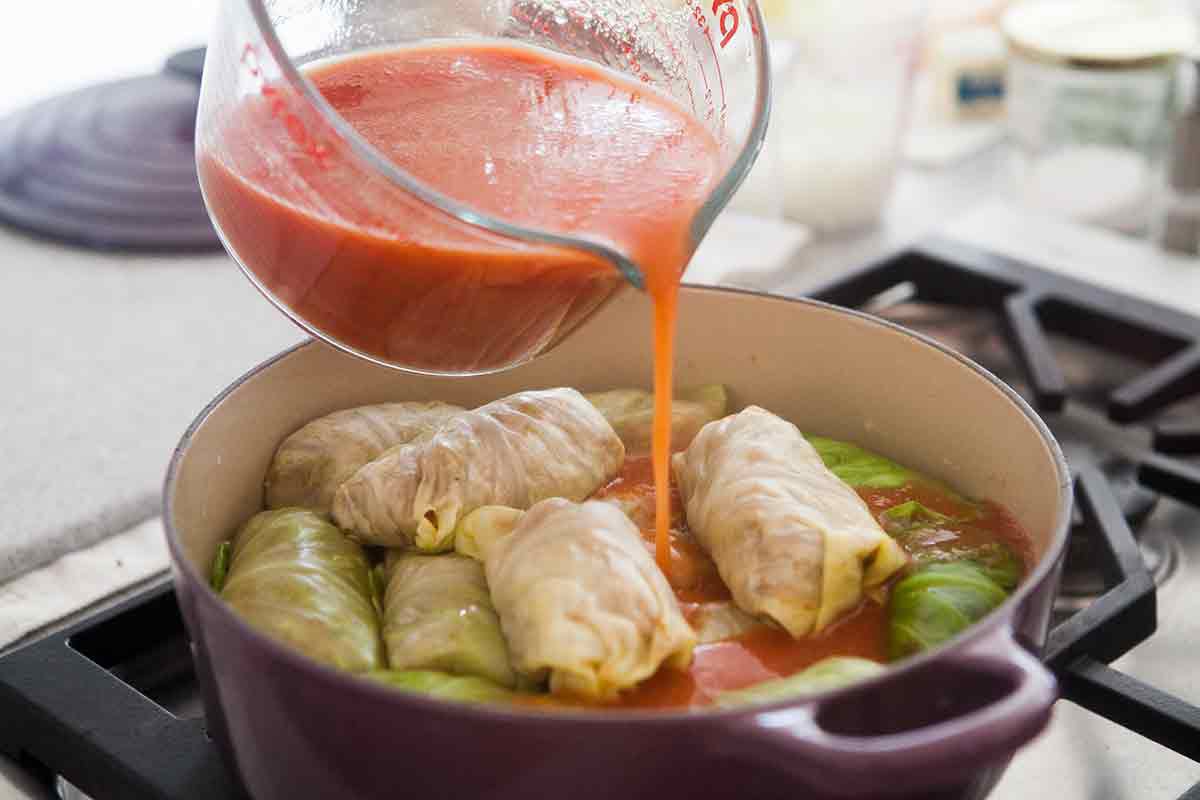
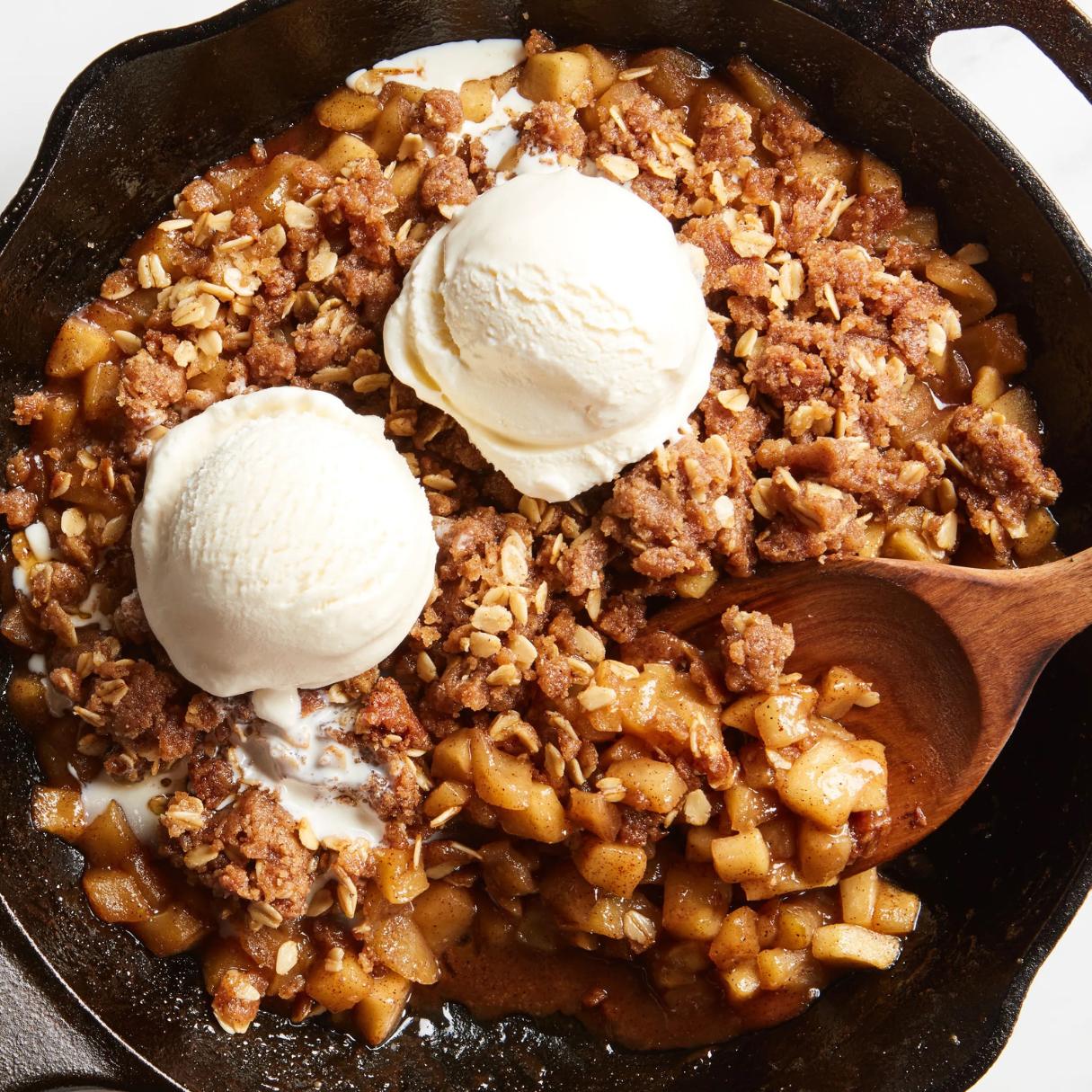
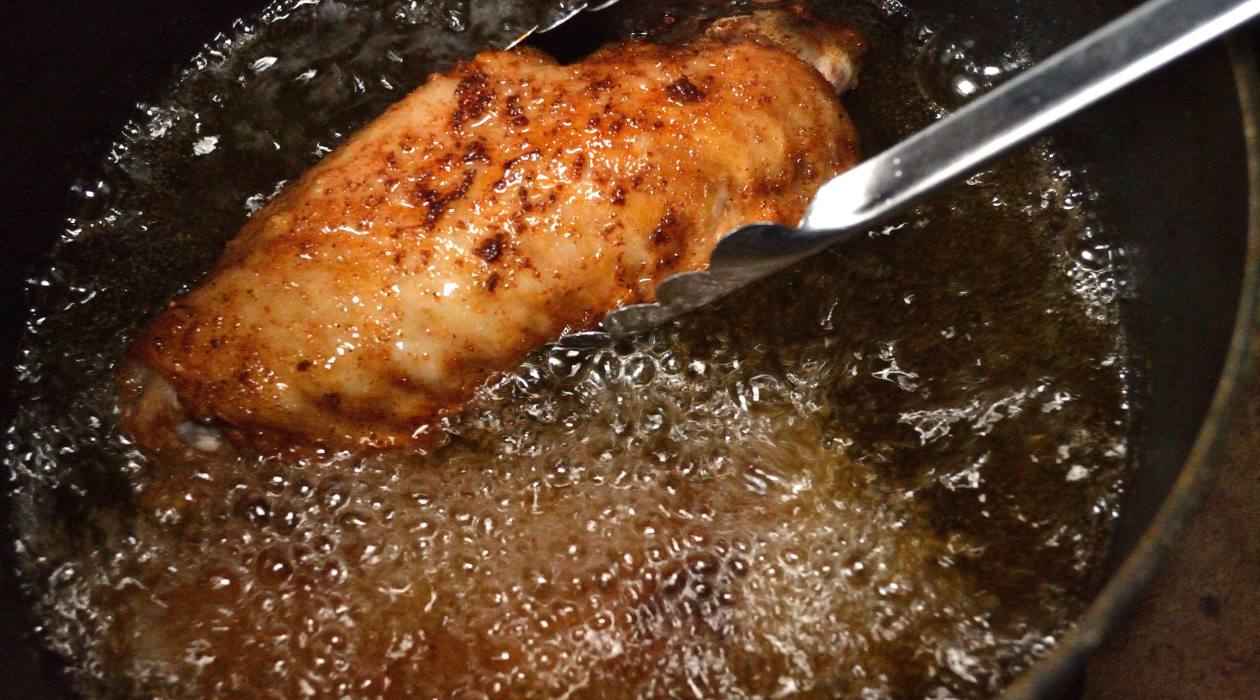

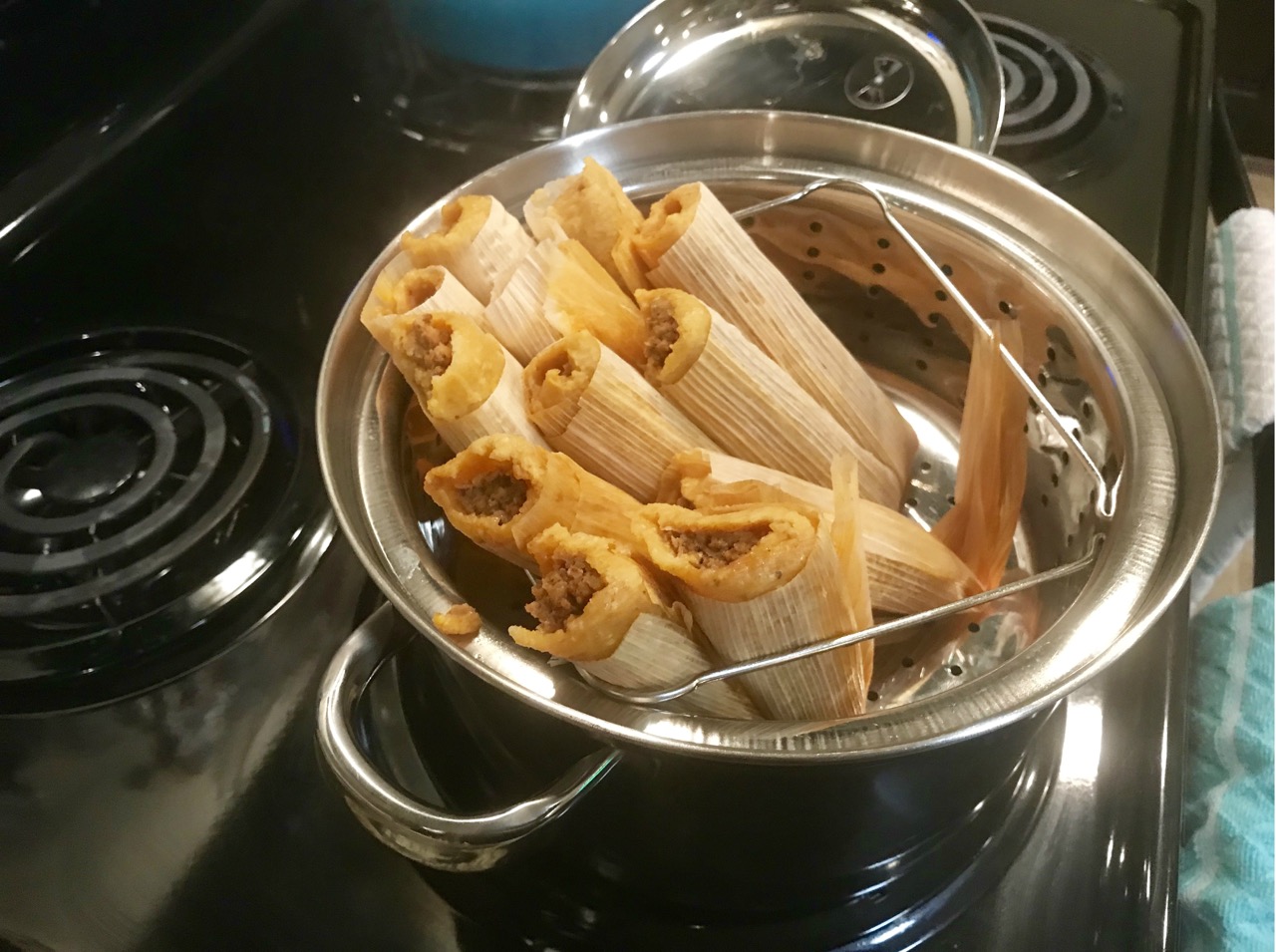
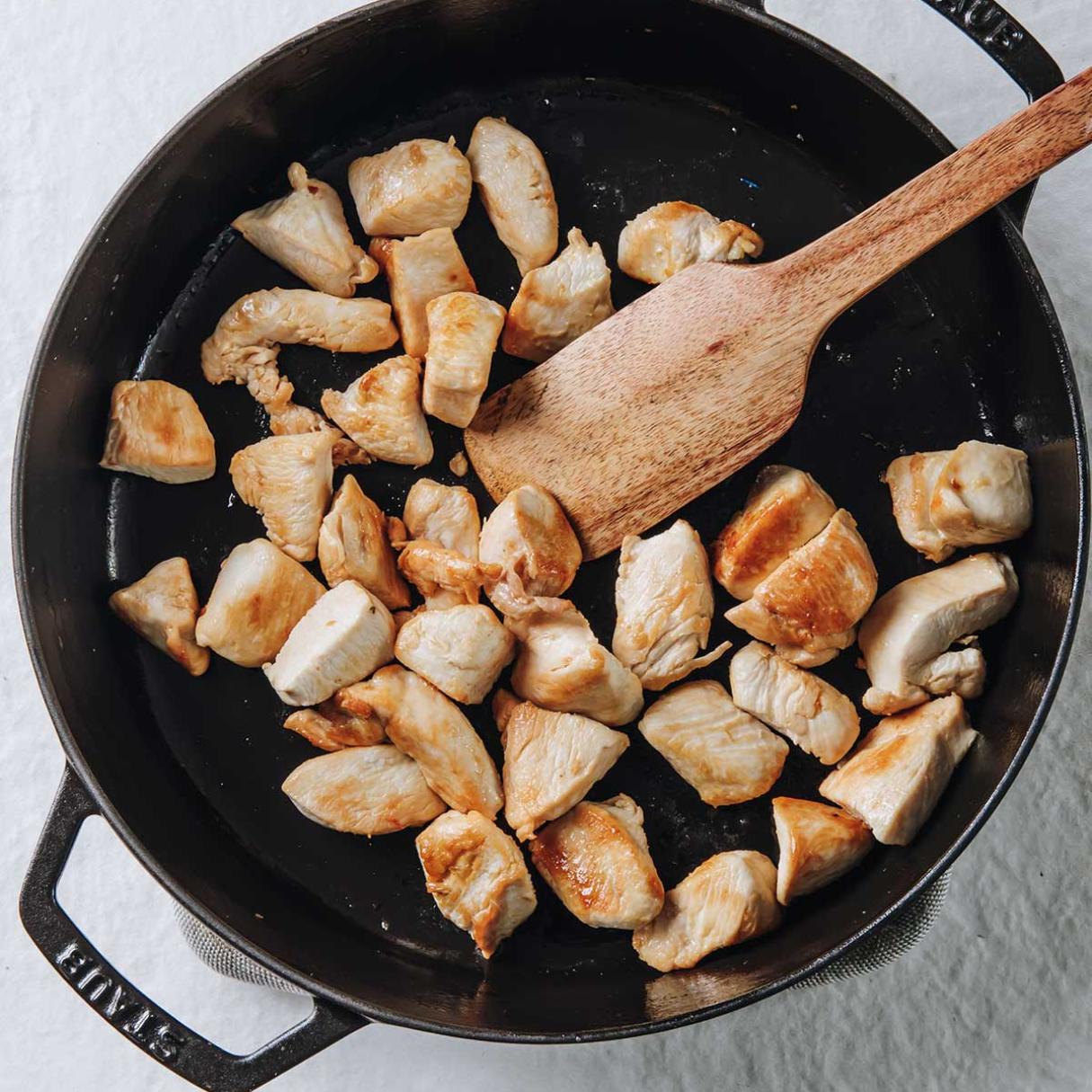
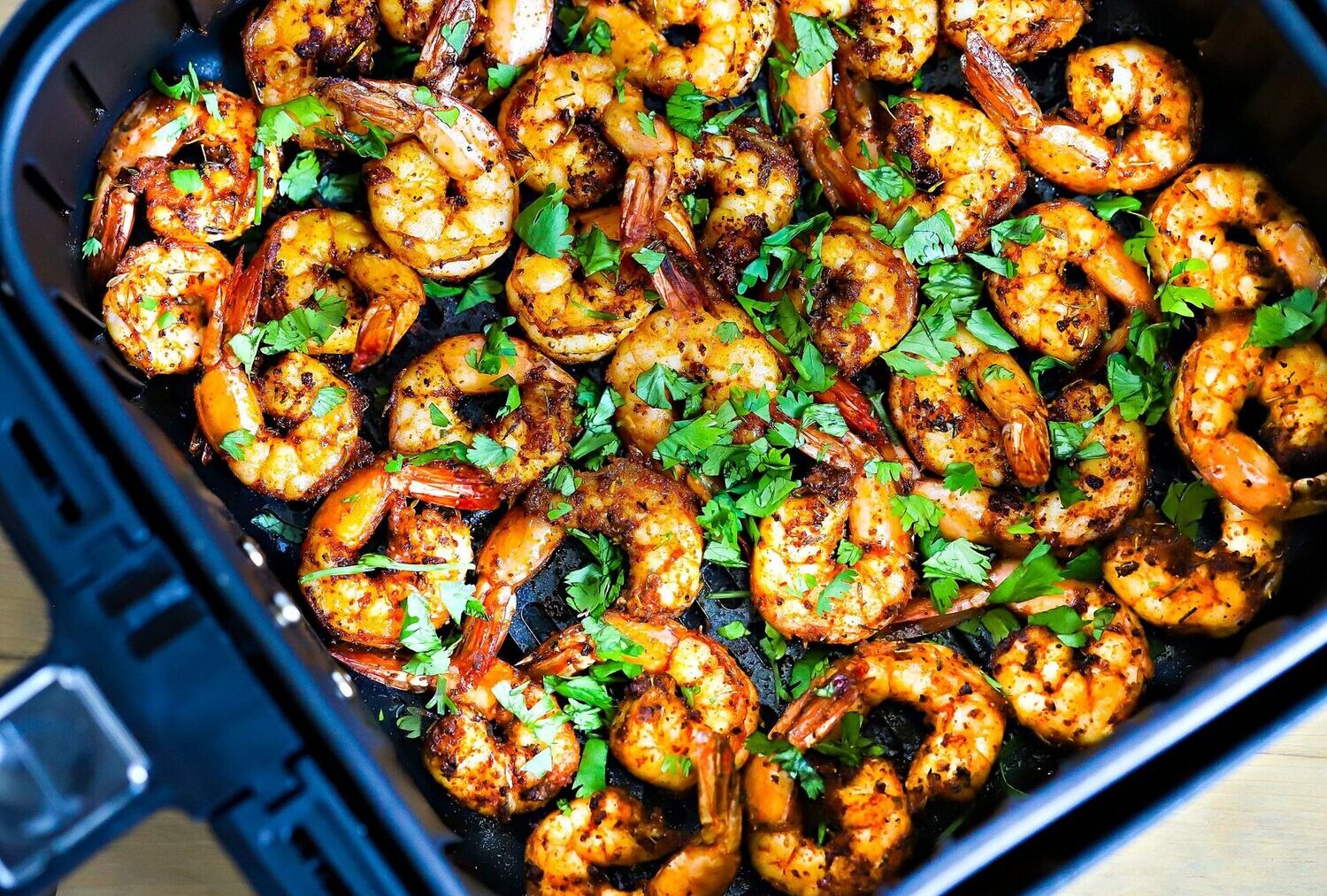
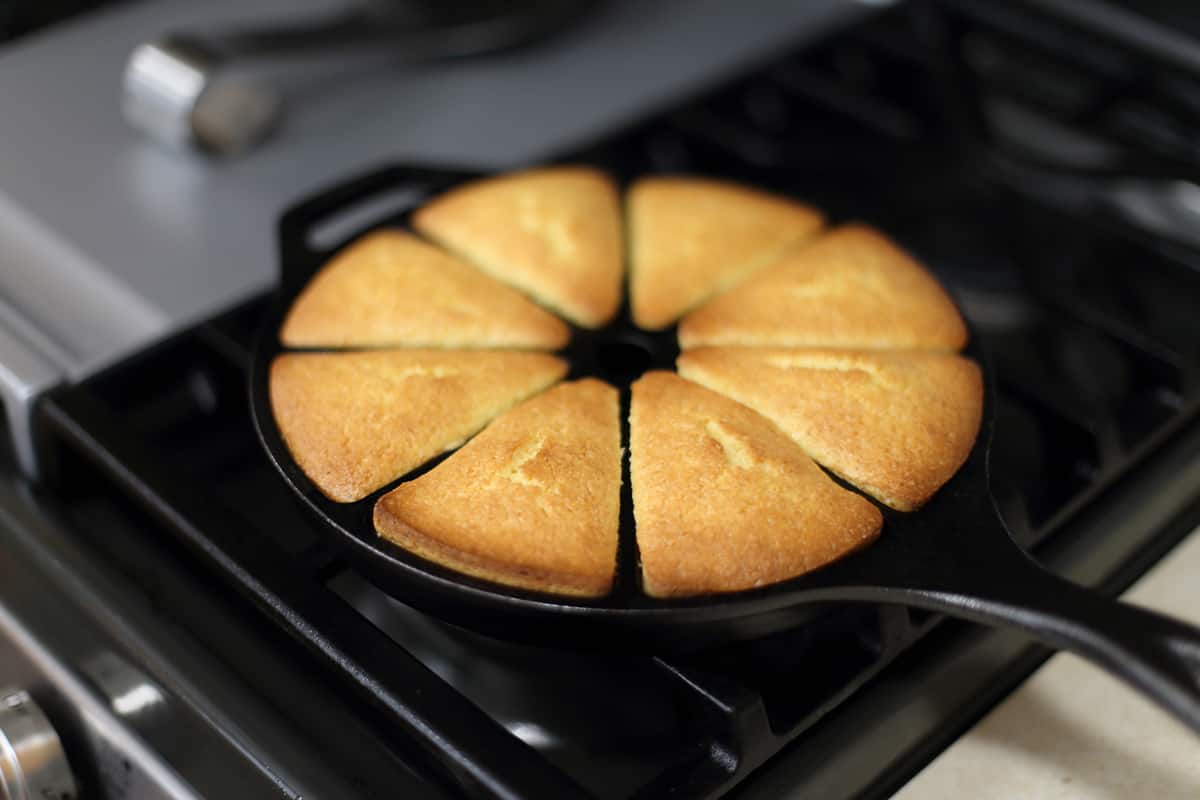

0 thoughts on “How Long To Cook Shrimp On Stove Top”